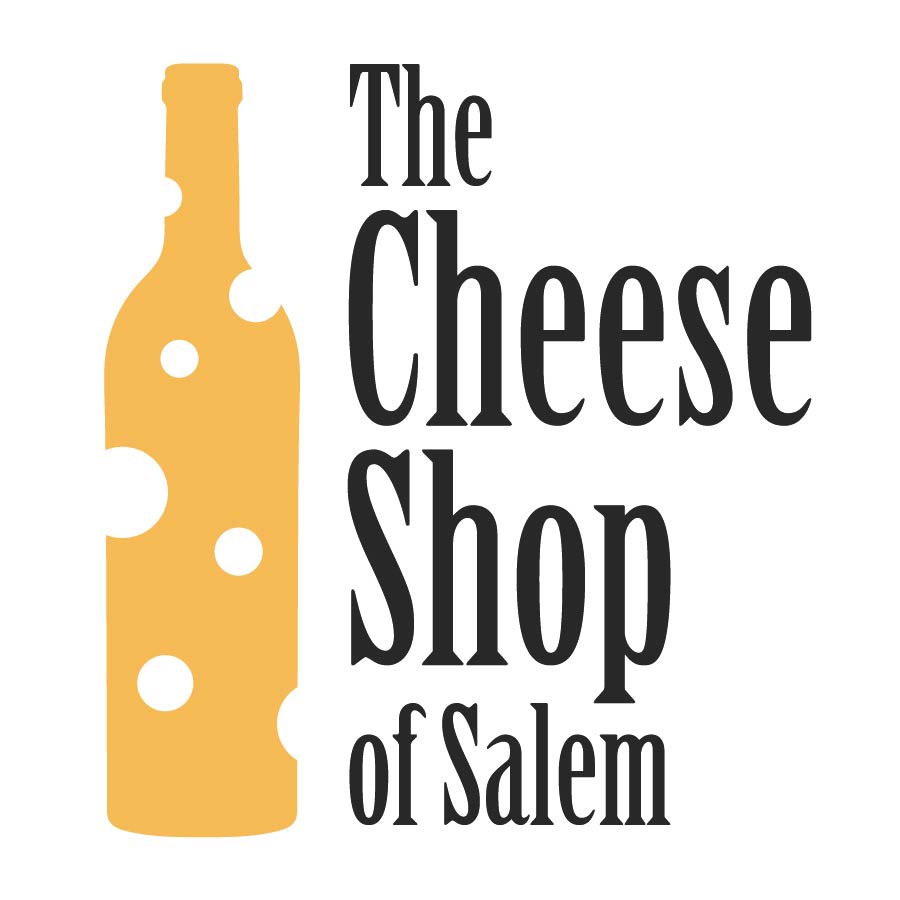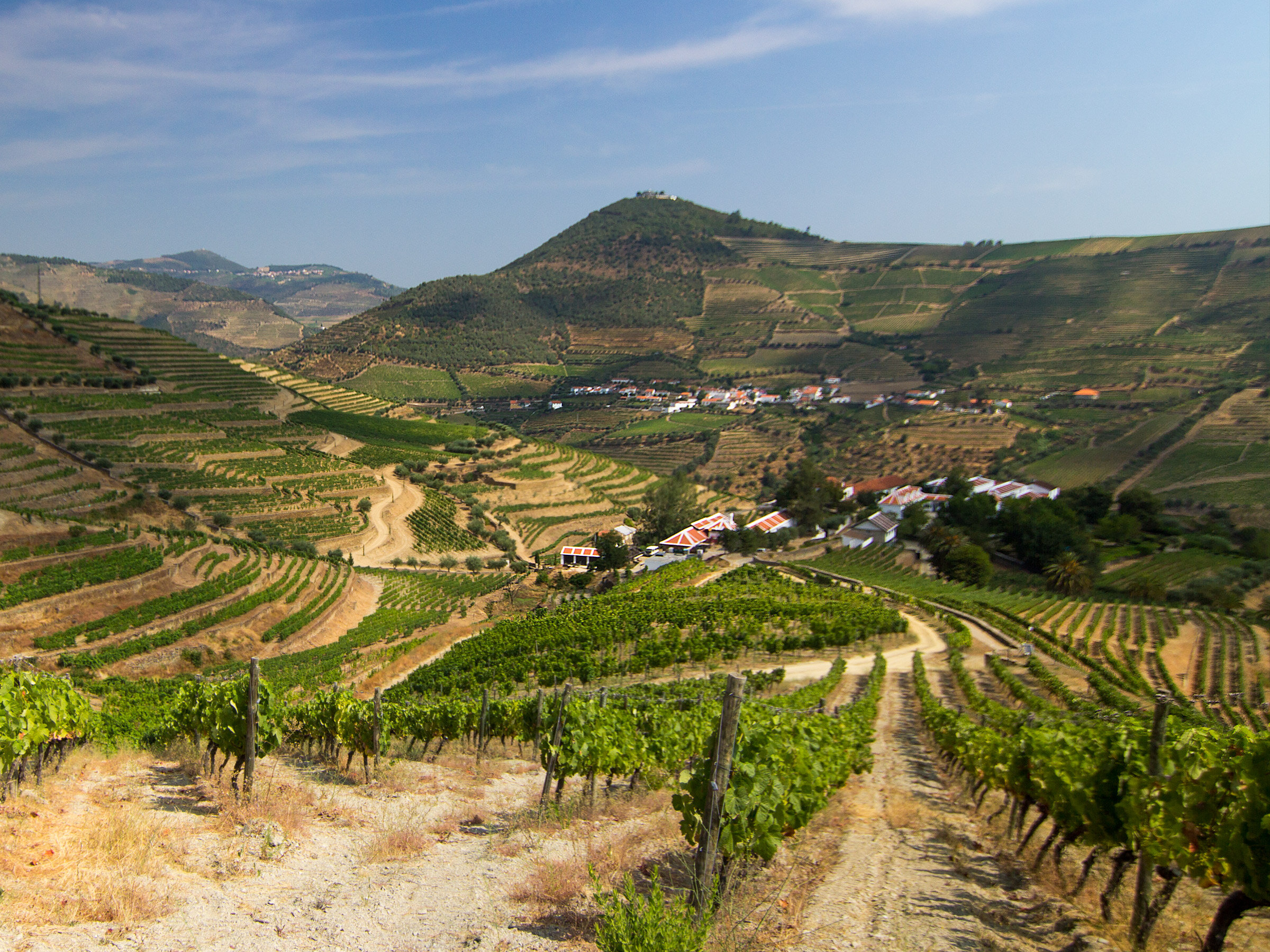Portuguese Wine
Free tasting | Saturday, March 7, 2020 | 4-6PM
The Douro in all her sunny glory!
To better understand how magical yet difficult winemaking is you should travel to Portugal! Portugal is landwise quite long, yet somehow smaller than the entire state of Kentucky while still boasting over 242,800 hectares of vines and ranks 11th worldwide in wine producing countries. It’s an exciting time for Portugeuse wine; while historically known for Port and Madeira, the past several decades the global wine market has seen an international interest in non-fortified wines.
To put it mildly, Portugal has a long history of winemaking that predates the Phoenicians, Greeks, and Romans. Many of the 200+ grape varieties grown in Portugal were brought over by the Phoenicians from what is now modern day Lebanon and Turkey. Over the centuries these grapes have adapted to the relentless sun, heat, and dry environment of Portugal, which includes 11 winegrowing regions. Portuguese wines are known for their blends (you will rarely find a single varietal wine) and their freshness.
Let’s dive into three specific and important Portguese wine regions (and regions that we’ll be tasting wine from this Saturday):
The Minho is located in Northwest Portugal and is one of the most fertile and agricultural productive regions. Home to corn, potatoes, beans...and LOTS of wine. Minho is where Vinho Verde is from! Chances are that if you like wine and summer then you’ve had Vinho Verde. This name literally translates into ‘green’ not in reference to the color of the wine itself but the youthfulness of the wine. Winemakers used to produce this blend so quickly that they wouldn’t even put a vintage on it. Light, spritzy, and zesty Vinho Verde is a go-to pairing for a fun time or with fish. Nowadays you can find more serious examples of Vinho Verde - like the aged one we’re showing at the tasting. Vinho Verde can be white, red or rosé - we carry all of these VV’s at the shop!
The Douro is full of spellbinding color - the bluest of blues and grassy greens. This is very fertile land with vineyards so steep that it’s impossible for machinery to even attempt these slopes. Most Douro grapes are hand-harvested in blistering sun and in vineyard workers are typically tending vines in over 100°F. While known for its Port production (Port can only come from the Douro), the Douro produces amazing dry wines as well. These powerful blends are commonly aged in French oak and are full of structure and earth.
Port is a fortified wine, which simply put, is a wine made from fermented grapes and a distilled spirit (commonly brandy) is added to the wine base. Tawny Port, which we are showing at Saturday’s tasting, gets its signature golden-amber hue from long-term aging in barrel. Pair this caramel and nutty Port with Stilton or Jamon Iberico! Read more about Port production at our June blog post here.
Slightly south of the Douro lies the Dão, an up-and-comer region producing exciting and unique wines. This region is sheltered by mountain ranges on three sides, which provides the Dão with a warm climate despite bordering the Atlantic ocean. Nearly 50 grape varieties are permitted here. This region is known for warm reds and savory whites.
See you Saturday from 4-6PM for this Port blow out! We’ll have Portuguese cheese to pair with the wines as well! Complimentary tasting for all!
Portuguese Wine Line-Up:
2017 Casa de Mouraz ‘Encruzado’
Who: Antonio Lopes Riberio and Sara Dionisio
What: Encruzado
Where: Dao, Portugal
How: These grapes were destemmed and fermented spontaneously with indigenious yeasts before aging in stainless steel for 9 months.
Farming Method: Biodynamic
Fun Fact: Casa de Mouraz was the first organic winery to be certified in the Dao in 2000. Since then they have converted to biodynamic practices.
Tasting Notes: Full-bodied with notes of hazelnuts and lemon.
2014 Casa de Mouraz Tinto
Who: Antonio Lopes Riberio and Sara Dionisio
What: A crazy blend that includes Touriga Nacional, Tinta Roriz, Alfrocheiro, and Baga.
Where: Dao, Portugal
How: This blend of grapes were fermented in stainless steel and a quarter of the wine was aged in French oak barrels while the remainder was aged in stainless steel.
Farming Method: Biodynamic
Fun Fact: This area was first populated in the 12th century by Cistercian monks. Soon after they settled here people moved here to farm.
Tasting Notes: A firm tannic structure with notes of cassis, raspberries, and blackberries.
2016 Quinta das Arcas Penedo Gordo
Who: The Monteiro Family
What: A blend of add comma Aragonez, Trincadeira, Alicante Bouschet, and Touriga Nacional.
Where: Alentejo, Portugal
How: These grapes were harvested by hand and fermented in stainless steel.
Farming Method: Organic
Fun Fact: This is the same producer as our shop’s best selling rosé - Arca Nova!
Tasting Notes: Dry and bold with notes of plums and boysenberries.
2016 Quinta Da Palmirinha Branco
Who: Fernando Paiva
What: A blend of Azal Branco and Arinto
Where: Vinho Verde, Portugal
How: These grapes were fermented spontaneously in stainless steel and were aged on their lees.
Farming Method: Biodynamic
Fun Fact: Before beginning his career as a winemaker Fernando was a teacher.
Tasting Notes: Dry with notes of lemon and a savory nuttiness.
NV Quinta do Infantado Tawny Port
Who: Luís Soares Duarte, Fátima Ribas
What: A blend of Tinta Roriz, Touriga Franca, Touriga Nacional, and Tinta Barroca
Where: Douro, Portugal
How: These grapes were foot stomped and partially destemmed. They underwent fermentation in lagar and were aged for 3-5 years.
Farming Method: Organic
Fun Fact: The most common grapes for Port, Touriga Franca and Touriga Nacional for example, are all small and have tough thick skins-literally! This is a natural adaptation necessary to withstand the brutal heat of the Douro.
Tasting Notes: Smooth and full-bodied with notes of caramel and nutmeg.
Cadão Tawny Port
Who: Winemaker António J. Bastos
What: A blend of Touriga Nacional, Touriga Franca, Tinta Roriz, Tinta Francisca, Tinta Barroca, Souzão, Tinto Cão, and Tinta Amarela.
Where: Douro, Portugal
How: This is a blend of different Ports whose age varies between 3-9 years before aging together in barrel.
Farming Method: Organic
Fun Fact: When these winemakers say blends they really mean it! Grapes in the Douro aren’t historically separated by type meaning that Tinta Barocca and Touriga Nacional will be planted in the same vineyards. Nowadays only in very modern wineries are grapes separated in vineyards by type.
Tasting Notes: Dried apricot, peach and nutty.








